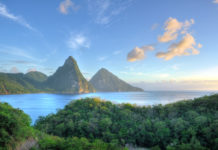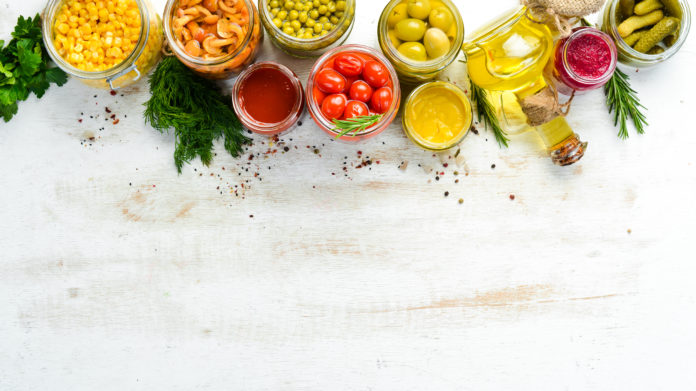
Besides marine and sun-soaking activities, traveling on a yacht also allows you to try unique foods from around the world.
For the most part, you most likely never heard of them in your own country.
On any cruise to the Mediterranean or the Caribbean, you’ll have the opportunity to try these culinary delicacies. Local cuisine uses fresh island ingredients and ancient practices to produce savory surprises for your taste buds.
In this guide, we combined 10 of the most unique foods from around the world that you must try on your next yacht charter.
Bottarga
Like caviar, bottarga is a sought-after delicacy. It is the salted, pressed egg sacs of the grey mullet. They go by the name of “bottarga” in Italy, “poutargue” in France, and “botargo” in Greece. These dried roes are an old and unctuous gastronomic treat with a deep flavor.
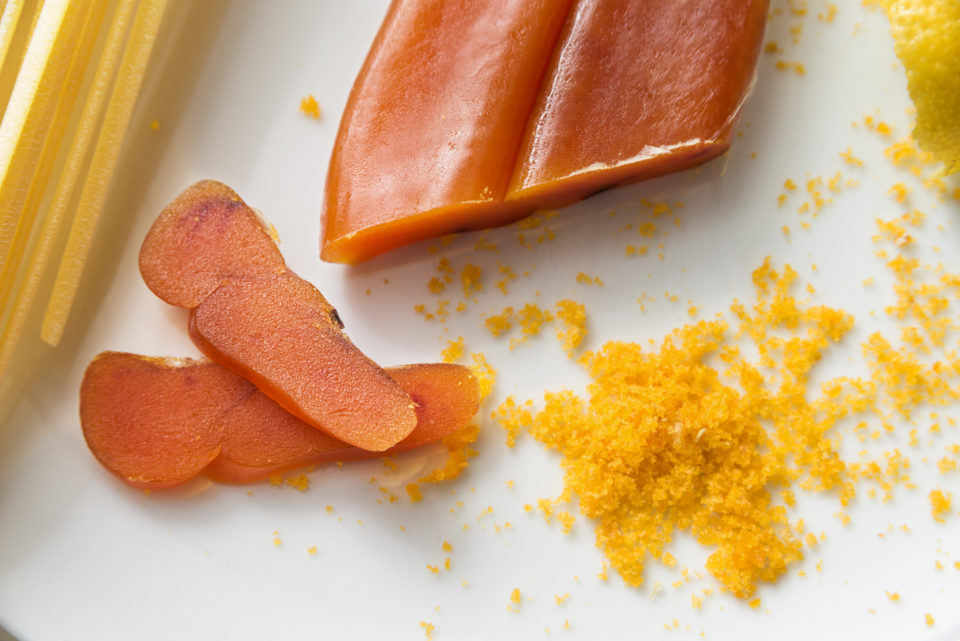
Due to overfishing, bottarga has become an expensive gourmet product. In France, this luxury dish is a specialty of Martigues’ town. In Italy, travel to Sardinia, to taste the famous roe produced in Alghero, Stintino, and Cabras.
Some bee wax coats the dried pouch of salted eggs to stop its maturation at the right time and to protect them from external contact.
To enjoy Bottarga, slice it thin and remove the bee wax. You can also moisten it with virgin olive oil or add lemon.
Alternatively, thinly sliced bottarga can also be a tasty addition to rucola (rocket) salads. Some like it grated in a pasta dish or even on buttered toasts as well.
Regardless of how you plan to enjoy it, Bottarga is one of the best unique foods from around the world to try on your Mediterranean yacht charter.
Mastic Water
Mastiha (or mastic) is a unique ingredient made by collecting the resin of Mastiha trees (Pistacia lentiscus). It comes from the precious “tear” of a local tree that only grows on Chios’ island in Greece. This ingredient features unique therapeutic properties. In the past, people used it to enhance metabolism thanks to the antioxidants it contains.
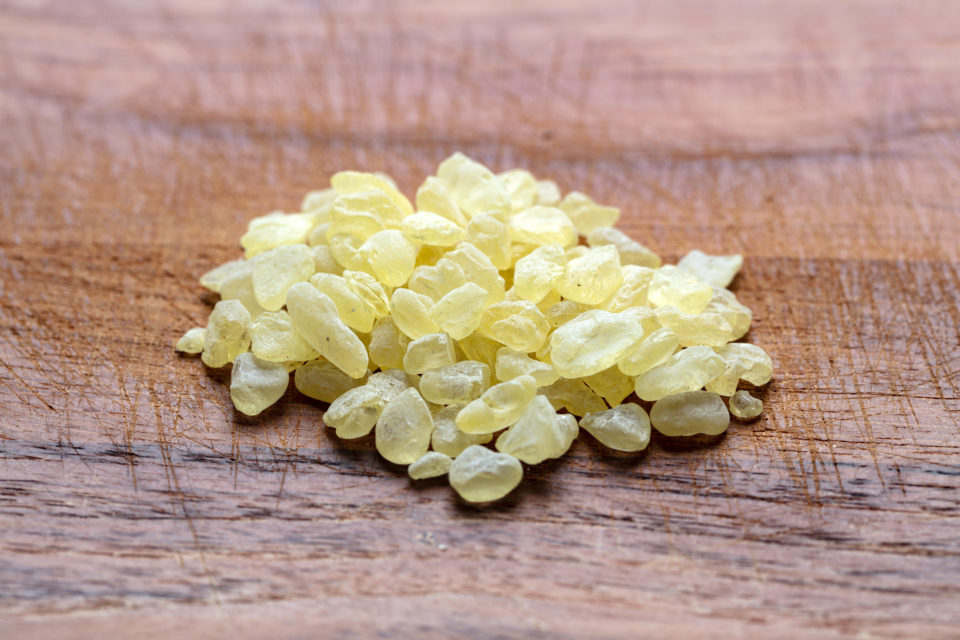
The locals collect resin droplets into translucent resin pieces and process them into gums, powders, tinctures, essential oil, and capsules. At first, the mastic flavor is bitter, but it then delivers a fresh taste comparable to pine and cedar.
You can enjoy its slightly herbal savor at any hour of the day. But since mastic is also a digestive aid, you’ll appreciate it even more at mealtimes as a non-alcoholic refreshment.
If you plan to charter a yacht in Greece, make sure to get your hands on some mastiha. Its unusual taste is one of the best way to discover new flavors on your quest of unique foods from around the world.
Paški Sir
Croatia and its beautiful beaches are gaining popularity as a yachting destination in the Adriatic. It is, therefore, not a surprise that Paški Sir is also on the rise as a rare culinary ingredient among chefs. The cheese got his name from Pag, the rocky island where it comes from.
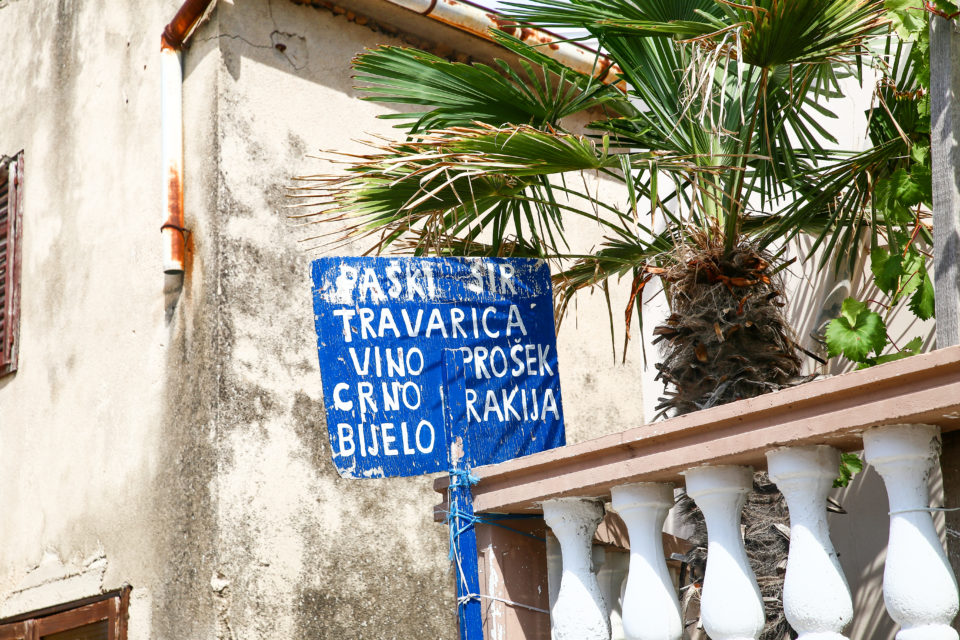
This cheese is hard and is made with sheep’s milk. It contains the flavor of Mediterranean shrubs and aromatic herbs that flourish on the island.
Paški Sir is cured with high-grade local salt that gives it unique flavors.
The aging process changes its texture and taste. Up to six months, the Pag cheese is soft and light. It becomes harder and darker from nine months and more.
To appreciate its full potential, you can pair Paški Sir vibrant flavor with a glass of red wine to end a meal.
Despite increasing demand, the lack of pastures on the Adriatic island limits this cheese production. Paški Sir is, therefore, a rare delicacy, and should be on your bucket list of the unique foods from around the world, especially if you plan on visiting the Island of Pag.
Percebes
Known as goose barnacles in English, Percebes may be one of the world’s most expensive seafood. Don’t be fooled by their appearance of little rhinoceros’ feet. They are as delicious as they are ugly.
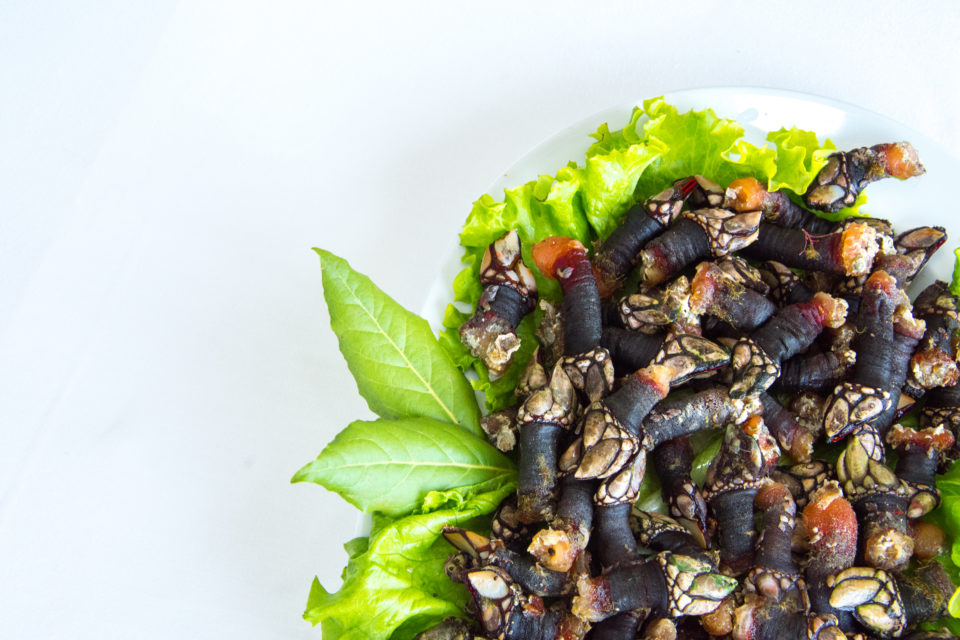
Their briny flavors that evoke fresh and salty splash of seawater is their main culinary appeal.
Percebes are straightforward to prepare: steam or simmer them in heavily salted water before serving them with a lemon squeeze.
These delicacies are famous in Galicia and Portugal, where customers are ready to pay up to 300 euros per kilo.
They grow on the jagged and wave-whipped coastline in the Atlantic Ocean, making them a challenge to harvest. Local fishermen have to dive in dangerous areas to scrape the barnacles off the cliffs’ sides.
One of the strangest looking and most unique foods from around the world. A must try on your Galicia and Portugal yacht charter.
Sfusato Lemon
Lemon fruit was initially grown in Italy to provide vitamin C on long sea voyages to prevent scurvy. Although the fruits seem very common, it took thousands of years to develop this unique type of citrus.
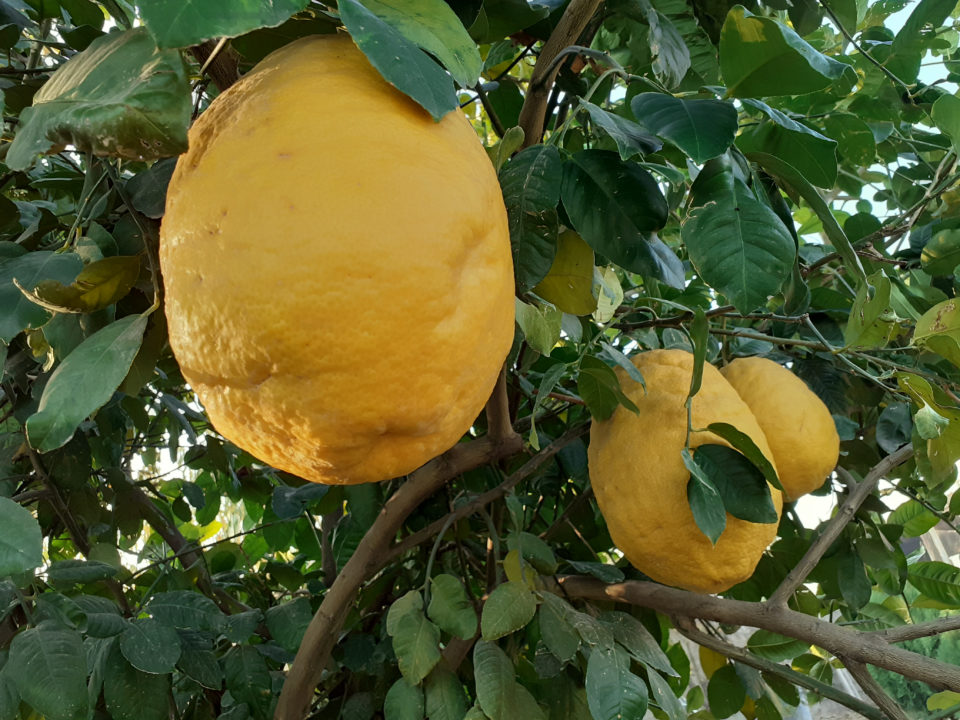
On southern Italy, the lemon orchards cling from the spectacular Amalfi Coast cliffs along the Tyrrhenian sea. Large dry-stone walls typically delineate the small terrace gardens rising from the Mediterranean known as ‘piazza.’
Manual workers harvest these huge lemons by hand, and they transport them on the shoulders three times a year. The production of Amalfi Coast lemons is limited to 25 tons per hectare.
You can eat Sfusato d’Amalfi raw as an orange or in an Italian dish. But the most pleasant way to taste it is limoncello, a lemon liqueur produced with traditional methods.
One of the most versatile and unique foods from around the world. A perfect add-on to your vitamine fueled Italian yacht charter.
Casu Marzu
Italian cheese such as Mozzarella and Mascarpone are famous worldwide. Although less famous, you can attempt a more dangerous yet more rewarding gourmet experience by trying Casu Marzu.
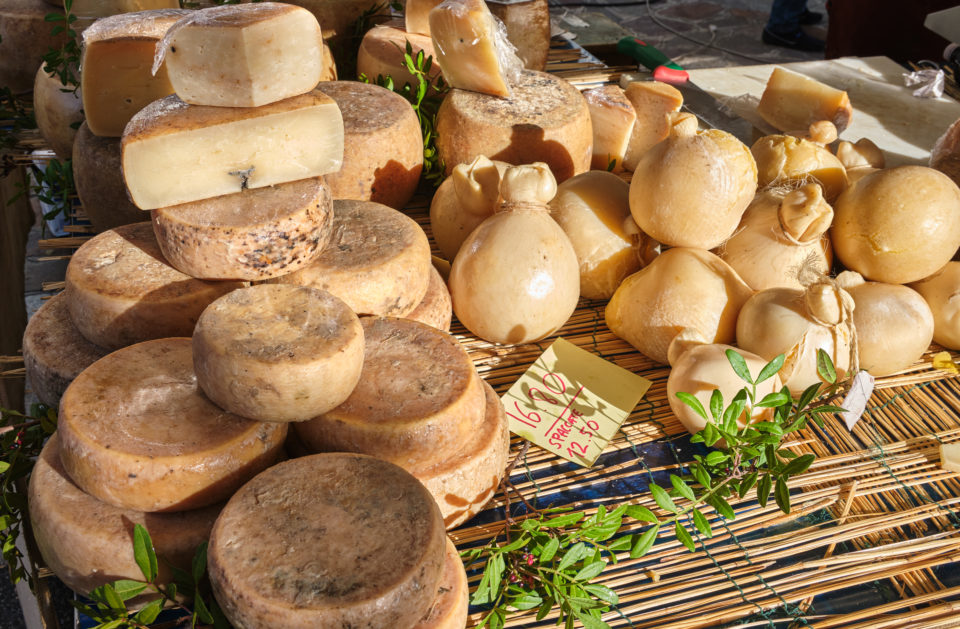
This traditional sheep milk cheese (pecorino) originally comes from Sardinia. Its nickname is “maggot cheese.” The recipe implies fermentation, and the live larvae’s digestive action brings the final stage of the process. Ultimately, the cheese’s texture softens, and a liquid (called “lagrima,” tear) flows out of it.
Introducing insects to cheese production is not an uncommon method in Europe. French Mimolette from Lille is another famous delicacy made by intentionally adding mites on the cheese’s surface to enhance flavor.
Of course, you don’t have to eat the larvae when tasting Casu Marzu. In order to get the most out of this Sardinian cheese, spread it on thin crunchy bread with a glass of red wine.
Casu Marzu is an impressive culinary experience that will leave you with a whole new opinion on Italian cheese.
Conch
In the Caribbean, Conch refers to several different giant sea snails that live in beautiful shells. Pronounced “konk,” the indigenous mollusk has firm, white, peach-fringed meat. The Bahamas, the french leeward islands, and Jamaica locals particularly appreciate them.
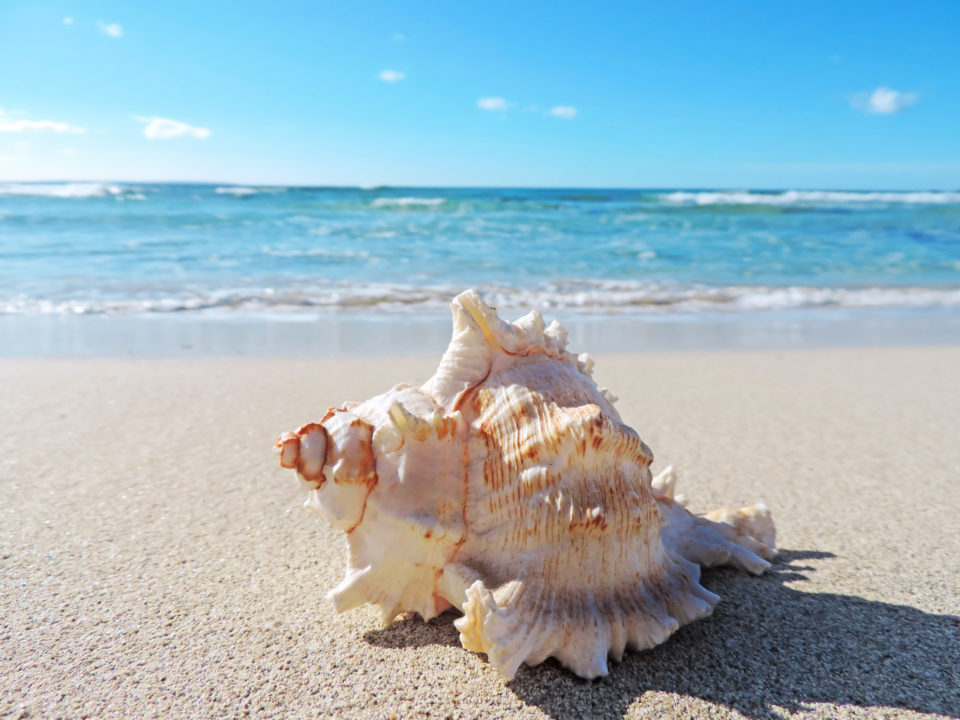
All parts of the conch are edible and very tasty. Therefore, conch is delicious in soups, stews, curries, ceviche, or even fried as fritters. This meaty seafood is a staple in the Bahamas where the locals eat it barbecued on the beach with a rum runner or two.
Overfishing made conchs scarce in the United States. Their harvest in Florida waters is prohibited. In the Turks and Caicos Islands, you can visit a conch farm unique on the planet. But conch farming is very complicated. One has to tweak the environment and water temperature to ensure breeding.
So, if you plan on tasting conch, it’s best to do it before they become a luxury item. You can also eat some in Guadeloupe, Martinique, Saint Lucia, Saint Vincent & the Grenadines.
Breadfruit
Breadfruit is a treasure in Caribbean food culture. It originates from South Asia before it spread to Oceania and the Caribbean in the late 18th century from Tahiti.
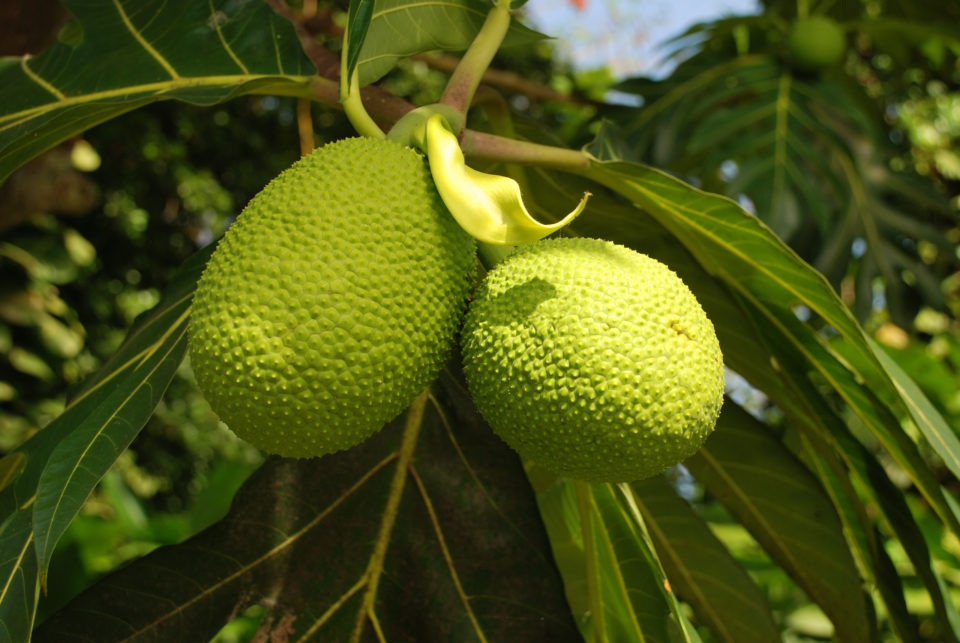
Breadfruit’s origins is a part of marine exploration history in the tropical seas. Pacific Islanders used its lightweight wood for canoes.
The breadfruit tree is a tall evergreen that can grow in almost any soil condition. It produces fruits two to three times a year with very little care.
Despite its name, breadfruit tastes like a vegetable. The ripped fruit has a freshly baked bread-like flavor, and people cook it as a substitute to potato. You can enjoy it roasted, baked, boiled, or fried.
As a staple food, it is very versatile. You can enjoy it as a side dish, a snack, or even in a pudding as a dessert.
Flying Fish
No, flying fish can’t travel the same way as birds do. But they can spring out of the sea and glide for long distances above the water.
In the Caribbean, flying fish is native to the island of Barbados. The fishes were once so prevalent that the island was known as “the land of flying fish.” The flying fish is one of the country’s national symbols, and it is even depicted on their national currency.
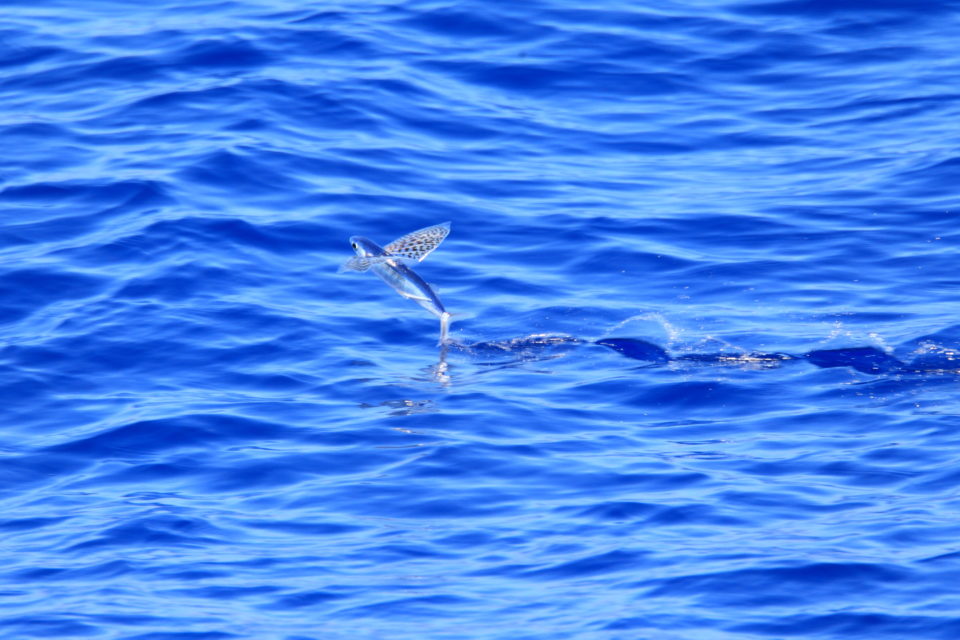
Flying fish is a delectable and exotic meal that tastes close to a sardine. It is also the central element of the Bajan national dish. People often serve it with cou-cou (a polenta-like side dish).
Caribbeans islanders love flying fishes so much that it creates several maritime disputes between Barbados, Trinidad, and Tobago.
So when you eat flying fish, you are not only tasting a part of the Caribbean culinary culture, you are also taking part of a diplomatic rivalry.
Black Pineapple
Located in the Leeward Islands, Antigua is a famous cruising destination. But it also features incredible natural resources and tasty food.
Despite its name, the Antigua Black Pineapple, or just Antigua Black for short, is perfectly golden. It is also the world’s sweetest pineapple and Antigua’s signature fruit. It has a crisp texture, low acidity, and high sugar content.
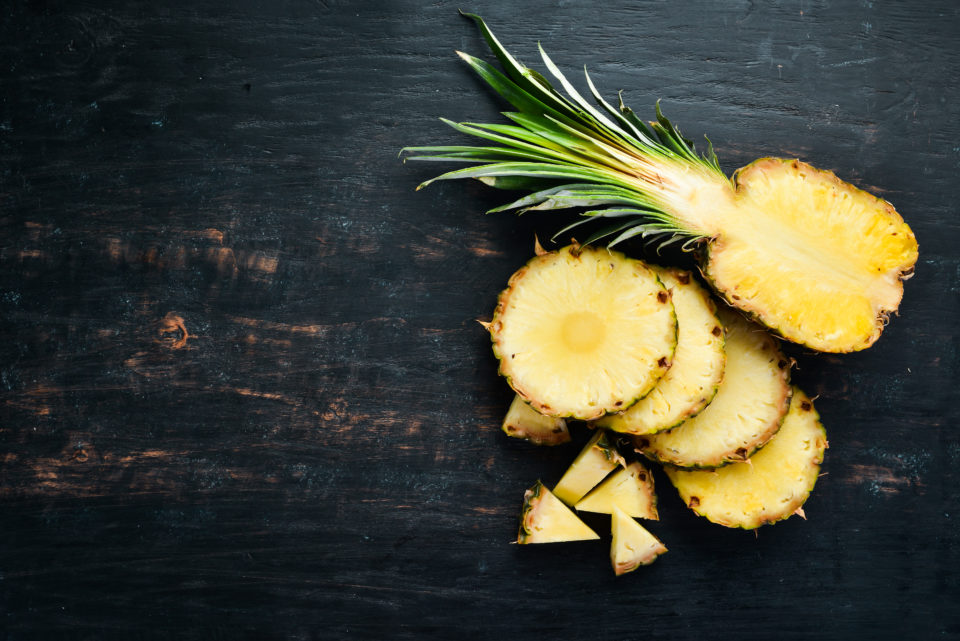
The Arawak people brought the pineapple from South America in the 17th century. They grew it on the southwest coast of the island. The locals believe that the sweet flavor results from the specific type of soil, the right amount of rainfall, and sunlight.
Antigua Black Pineapple production is so modest that the fruits are almost exclusively for local consumption. Many restaurants have to import their pineapples from other places to serve enough fruits for their guests.
Enjoy this local delicacy fresh, and experiment the sweet treat from mother nature. Or you can try it in a fruity and delicious dessert.
Read also: 4 best Michelin Star restaurants on the french riviera.
If you need an advice on your destination and specialties, do not hesitate to ask our destination experts.



